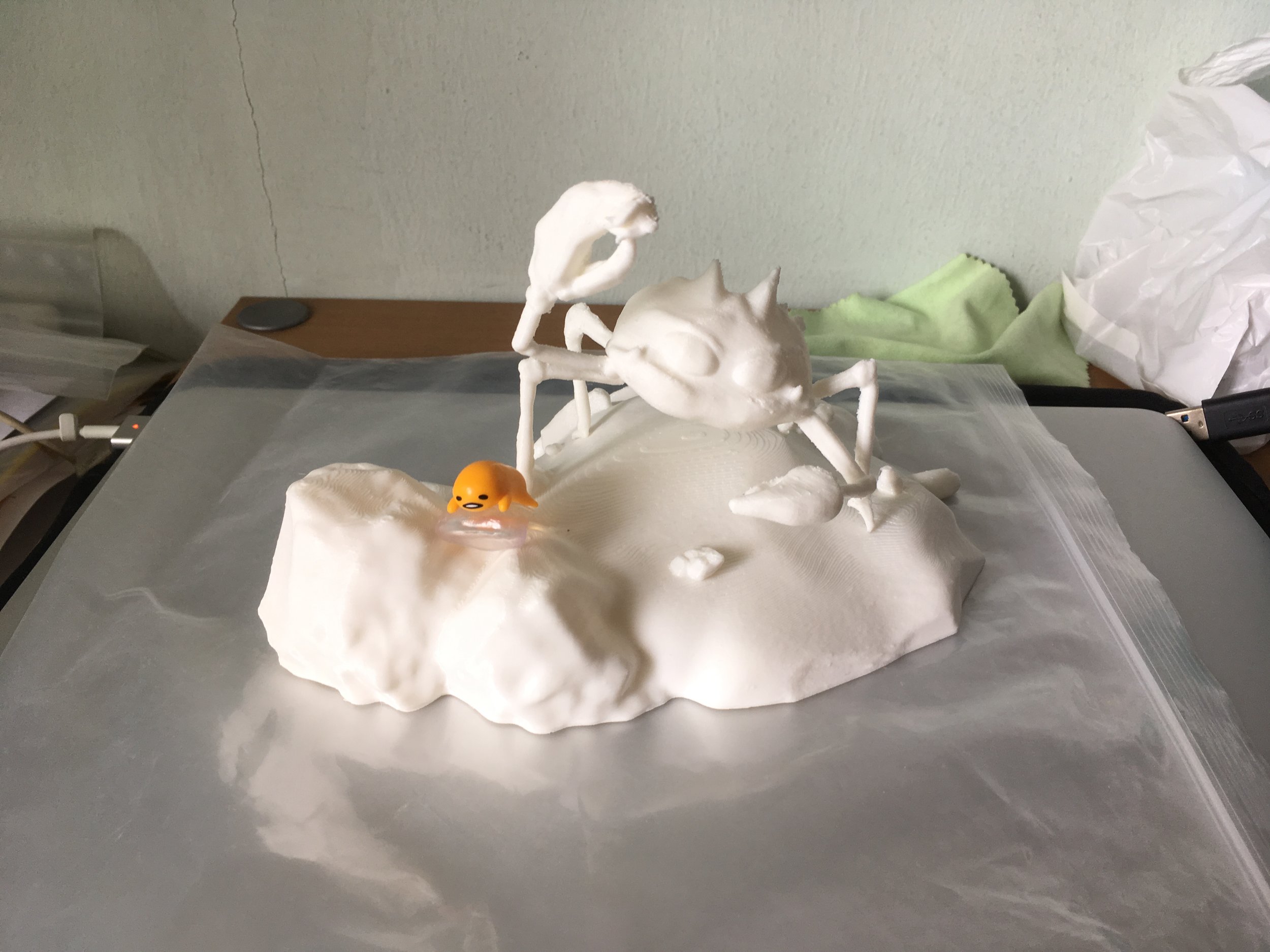It was a pretty wild weekend. And the team pulled it off!
In a nutshell, we did the following:
1. Made a simple moodboard and assets list in Figma to stay focused. (shared among members)
2. Tech guys sorted out the erm, tech stuff on Saturday early on. Used ALVR to stream the game to the Oculus Quest (for the VR player).
3. Kept the 3D geometry fuzz free by only using colours from the material.
4. Check-ins between Tech + Visuals minimised potential issues from occurring down the road. (Mostly my fault for the wrong 3D scales :x)
Tools used:
Unity 3D (Game engine)
Blender (3D modelling)
Figma (Moodboard, assets tracking)
Da Vinci Resolve (Video Editing)
Photoshop + Illustrator (2D assets)
Oculus Quest
Here are the event photos, everyone enjoyed themselves (and got a bunch of cool swag) and we would definitely do a second jam!
Game trailer
Game link
https://globalgamejam.org/2020/games/assembly-line-3














